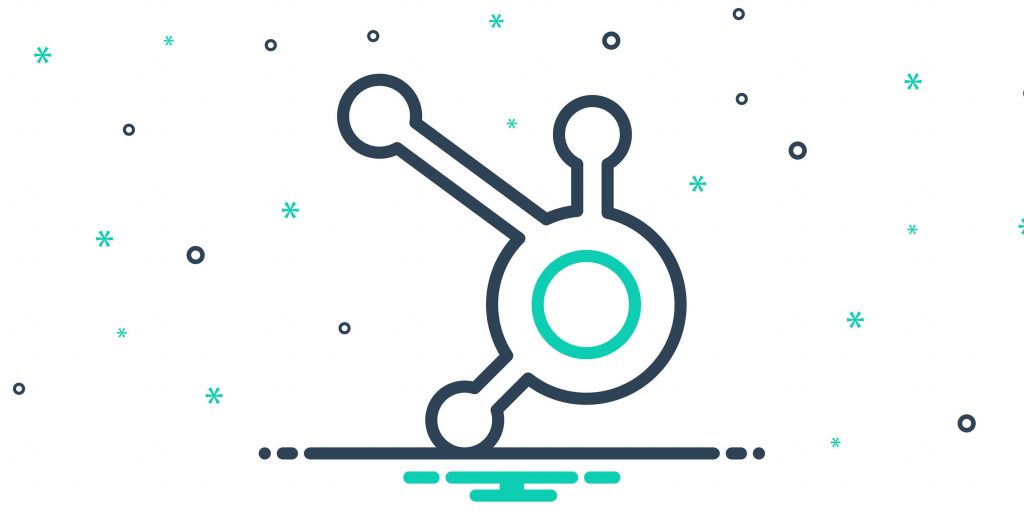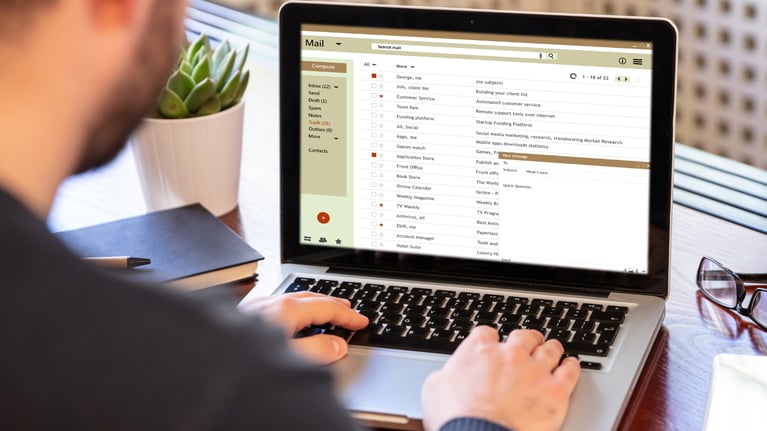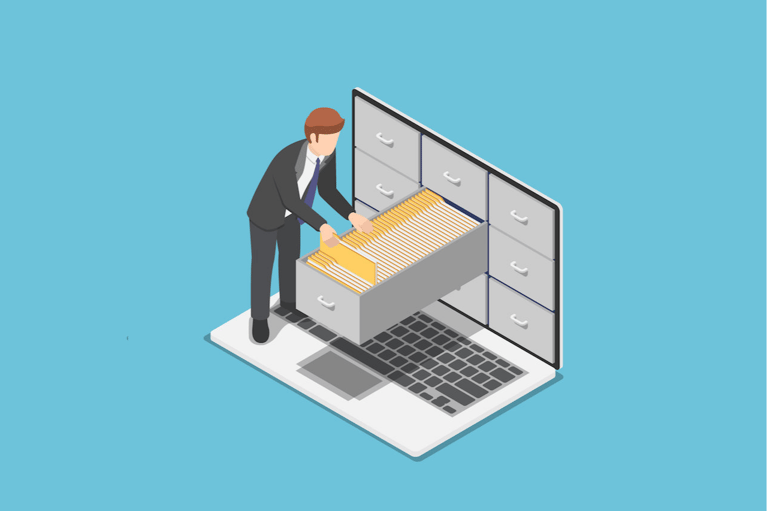HubSpot marketing software is a robust platform that can take some time to get familiar with. Whether you are doing your marketing internally, or with the help of a reliable HubSpot partner agency, understanding HubSpot’s Lifecycle is paramount to the success of your inbound marketing.
Additionally, when this HubSpot marketing software is combined with a creative understanding of your marketing strategy and resources, a well-thought-out goal setting, and a roadmap, your sales are guaranteed to grow exponentially.
How Can HubSpot Marketing Software Benefit Your Business?
The HubSpot Marketing Software can enhance your business in the following ways:
1. Easily Devise a Sales Work-Plan
HubSpot Lifecycle Stages define how informed prospective clients are about your products and services, and their level of commitment to buying. This information helps the marketing department to decide which particular actions to take for which prospect.
2. Easily Write Marketing Reports
When your marketing department has a record of the stages your customers and prospects are, it is easy to evaluate which client moved up or down the stages.
3. Measure Marketing Success With Ease
With verified data generated by evaluating HubSpot Lifecycle stages, you can effortlessly tell which marketing strategies are working, and which are not.
 8 Stages of the Customer Lifecycle
8 Stages of the Customer Lifecycle
HubSpot Lifecycle stages help you to categorize your contacts into easy-to-manage groups. The following are the HubSpot Lifecycle stages:
Subscriber
This is a visitor who has signed up for your business newsletters and email. This contact is random and, apart from their mailing address, you have very limited knowledge of who they are or what they’re looking for.
Lead
A lead is closely related to the subscriber, but a lead is more defined. Prospects in this stage may be identified as those who have contacted the company by filling the “Contact Us” form on your website.
Marketing Qualified Lead
This is a lead whom your marketing team has evaluated and has found fit for your target market. This is a contact who has expressed interest in the solutions that your company offers, or fits into your market area.
Sales Qualified Lead
This is a contact that your sales team has evaluated and thought could become a prospective customer. The sales team has analyzed the prospect’s challenge, and are sure that the company can provide a solution.
Opportunity
The sales department is already in talks with the contact about the solutions the company may offer and at what cost. The contact at this stage shows a willingness to buy.
Customer
This is anyone who has made at least one purchase from the company. The marketing department’s role at this stage is to ensure that the customer is retained. It may also be prudent to use customer service to prevent charger backs.
Evangelist
This is a satisfied customer who recommends your business to others. A good review from a customer can become a source of many more customers in the future.
Other
This where you place contacts who do not fit into the above stages. This helps to declutter your marketing contacts with contacts of suppliers, among other contacts not beneficial to marketing.
Grow Your Business With Help From a HubSpot Partner Agency
HubSpot is a powerful tool that can help you grow and scale your marketing campaigns. If you need help with setup and configuration, download your free HubSpot Onboarding Checklist below or get in touch to learn more about how we can help.








(1).jpg)

.jpg)



![5 Reports to Elevate Your HubSpot Sales Dashboard [+ Examples]](https://2363531.fs1.hubspotusercontent-na1.net/hub/2363531/hubfs/Imported_Blog_Media/6-winning-examples-of-a-hubspot-sales-dashboard-2.png?width=767&name=6-winning-examples-of-a-hubspot-sales-dashboard-2.png)

